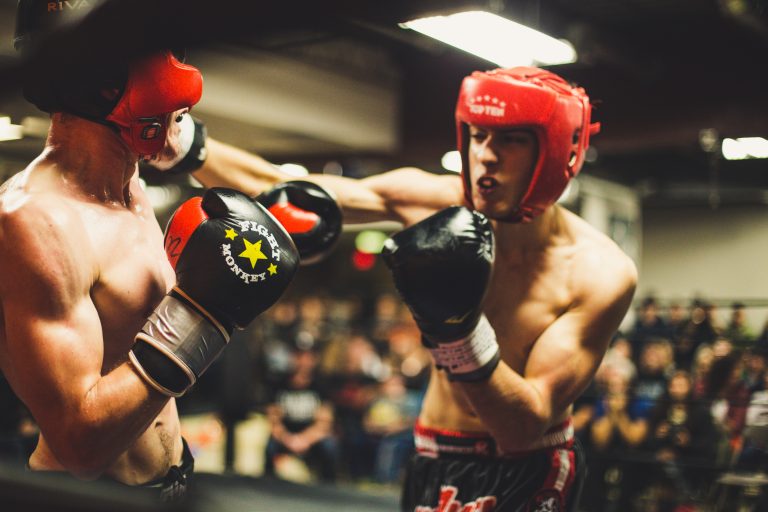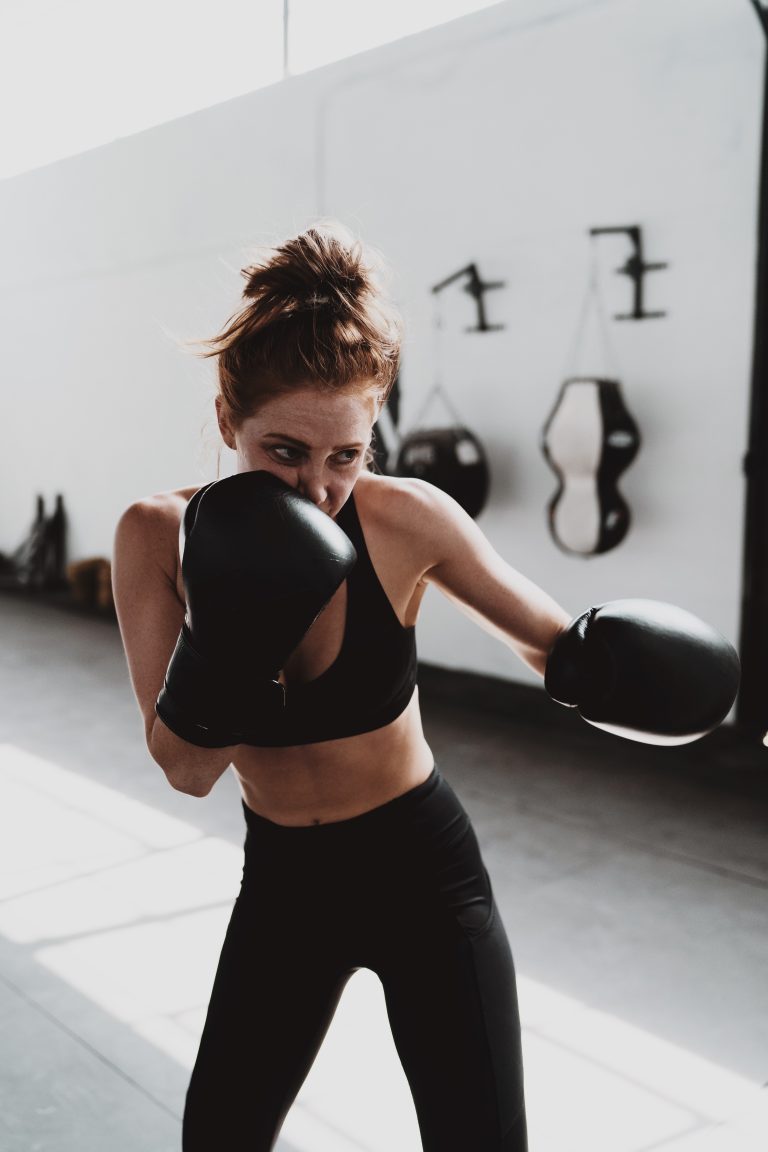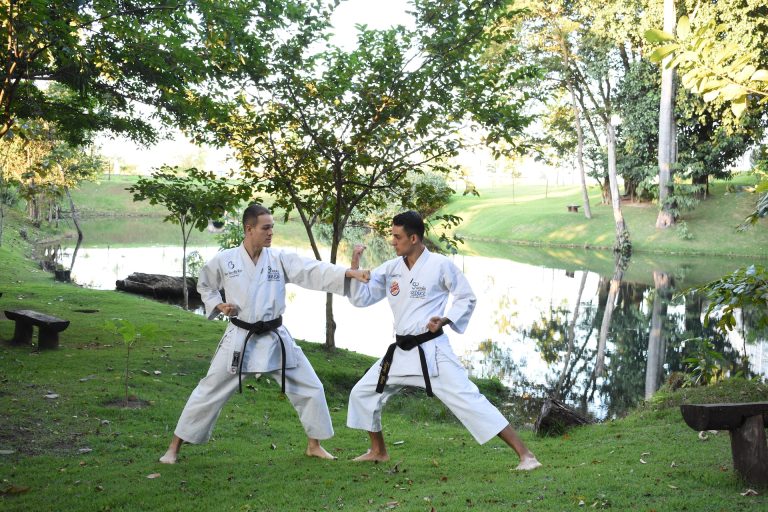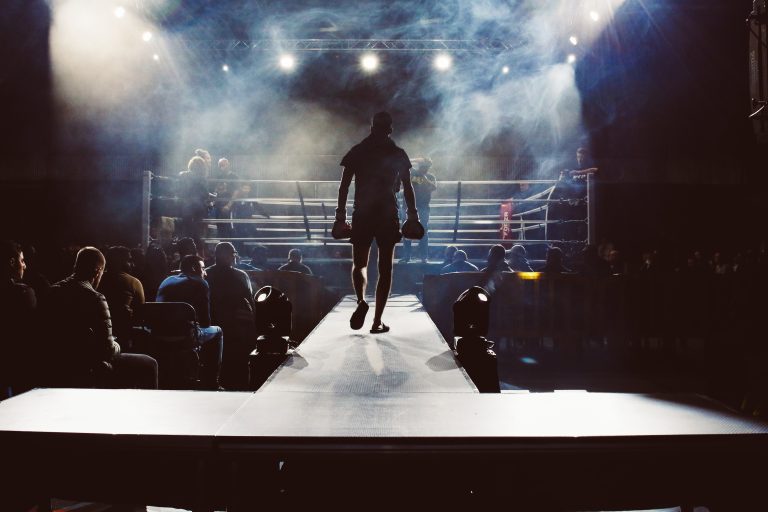Why Karate Is Not Be As Good As You Think
Karate is one of the most popular martial arts in the world, with millions of practitioners worldwide. Many people practice karate for self-defense, physical fitness, stress relief, and competition. However, despite its popularity, there are some reasons why karate may not be as good as you think. In this blog post, we’ll explore the potential downsides of practicing karate and share alternative martial arts that you can consider.
1. Limited Real-World Application
One of the main drawbacks of karate is its limited real-world application. Karate training heavily focuses on kata or forms, which involve prearranged sequences of movements against imaginary opponents. While kata can help improve focus, discipline, and coordination, they may not adequately prepare you for real-world scenarios.
Furthermore, karate training does not involve sparring with resistance against fellow human beings. This can lead to unrealistic expectations and techniques that might not work well in a real fight, as well as a lack of exposure to unpredictable situations that one may face in real life.
2. High Degree of Rigidity
Karate also has a high degree of rigidity, with strict rules and regulations governing movements, competition formats and even attire. This rigid approach to training may not suit everyone, and some people may find it stifling or limiting to their creativity or spontaneity in martial arts.
Additionally, many karate schools or dojos have a hierarchical chain of command, where students must follow a strict code of conduct and protocol. While this tradition can provide a sense of discipline and respect, it may also be unappealing to some people who wish to pursue martial arts without being bound by formalities.
3. Lack of Emphasis on Ground Fighting
Another downside of karate is its lack of emphasis on ground fighting. Karate practitioners rarely train how to defend against takedowns or grapples, which is a significant disadvantage in real-world situations or mixed martial arts tournaments.
Fighting on the ground is a critical skill, and not being adequately prepared can be detrimental. By contrast, many other martial arts such as Brazilian Jiu-Jitsu or Judo place a significant importance on ground fighting and grappling techniques.
4. Injury Risks
Karate training involves high-impact strikes, kicks, and blocks, which can increase the risk of injury. Repetitive movements can cause wear and tear on joints and muscles, while sparring can lead to concussions, bruises, and other injuries.
While injuries can occur in any martial art, the risk is relatively high in karate due to the nature of its movements and techniques. This can also lead to athletes developing chronic pain, with long-term consequences.
What are the Alternatives?
If you’re looking for alternative martial arts to try, there are many to choose from, each with its unique benefits and drawbacks. Some popular options include:
1. Brazilian Jiu-Jitsu
Brazilian Jiu-Jitsu is a grappling-based martial art that focuses on ground fighting techniques. It emphasizes leverage and technique over brute strength, making it suitable for people of all ages and sizes.
BJJ training can help improve physical fitness and mental acuity, while also teaching practical self-defense skills that can be used in real-world situations. For those interested in competing, there are also numerous competitions worldwide.
2. Muay Thai
Muay Thai is a striking-based martial art that originates from Thailand. It involves punches, kicks, elbows, and knee strikes and emphasizes clinches and combinations.
Muay Thai practitioners must be in excellent physical shape due to the high cardio demands of the sport. It can be an excellent form of physical training, while also improving self-defense skills significantly.
3. Judo
Judo is a grappling-based martial art that emphasizes throws, pins, and submissions. It is an Olympic sport and involves minimal striking.
Judo training can help improve balance, coordination, and flexibility while also being effective for self-defense. Judo practitioners can compete at various levels, including high-level international competitions.
Why is Karate so Bad – Commonly Asked Questions
Karate is a martial art that has been around for centuries. It is a combination of physical conditioning, mental discipline, and self-defense techniques. Some people question the efficacy of karate as a martial art, and in this post, we’ll address some of the most frequently asked questions about why karate is considered „bad“ by some.
What makes karate less effective compared to other martial arts?
One reason why karate is often considered less effective than other martial arts is because of its training methods. Traditional karate training focuses on repetitive movements and forms, which are pre-arranged movements. While these forms help students develop muscle memory and technique, they don’t necessarily prepare them to react quickly to real-life situations.
In contrast, many other martial arts focus on sparring and free-style fighting, which are closer to actual combat situations. This hands-on experience prepares students to react quickly and effectively, which is often missing from traditional karate training.
Is karate just a sport or is it more than that?
Karate is often viewed simply as a sport because of the karate competitions that take place worldwide. While it is true that karate competitions exist, they do not encompass the entirety of karate. In essence, karate is a martial art that trains people to protect themselves in real-life situations.
Karate is also a way of life for many practitioners. The principles and values taught in karate extend beyond the dojo and into everyday life. Respect, discipline, and humility are all core aspects of karate that are instilled in its practitioners.
Are karate techniques outdated?
Some people argue that karate techniques are outdated and no longer relevant in modern times. However, this is not entirely accurate. While it is true that some of the techniques may not be effective in a modern combat situation, the core principles and values of karate are still relevant today.
Karate is not just about learning to fight; it is about cultivating a strong mind, body, and spirit. The techniques taught in karate are simply tools to help achieve this goal. Additionally, many of the techniques taught in karate can be modified and adapted to suit modern combat situations.
Is karate a waste of time?
Some people argue that karate is a waste of time because it takes years to become proficient in the martial art. However, this line of thinking misses the point of karate. The goal of karate is not to become proficient in as short a time as possible, but rather to cultivate a lifelong practice of physical and mental discipline.
Karate is not something that can be learned quickly; it takes time and effort to become proficient. However, the rewards of this practice are immense. Not only does it provide a way to protect oneself, but it also helps develop mental and physical well-being.
Is karate dangerous?
Karate, like any martial art, can be dangerous if practiced incorrectly. However, if proper safety protocols are followed, the risk of injury is low. In fact, many people who practice karate report improved balance, coordination, and flexibility.
The benefits of karate far outweigh the risks. As with any physical activity, it is important to start slowly and work with a qualified instructor to learn proper techniques and minimize the risk of injury.
Wrapping Up
While some people may consider karate „bad,“ it is important to remember that every martial art has its strengths and weaknesses. Karate is a traditional martial art that teaches physical and mental discipline, self-defense techniques, and respect. It is not just about learning to fight; it is about cultivating a way of life that promotes physical and mental well-being. If practiced correctly, karate is a valuable tool that can provide lifelong benefits.
How to Analyze Why Karate Can Be Perceived as Negative
Karate is a traditional Japanese martial art that has been around for hundreds of years but has recently come under scrutiny. Many people question its effectiveness, and some consider it to be „bad“ in comparison to other martial arts. If you are one of those people wondering why karate is so bad, this guide will help you analyze the reasons behind it. Here are the steps to follow:
Step 1: Research the History and Evolution of Karate
Although karate is a martial art with a rich history, it has undergone several changes over the years. Understanding the evolution of karate and its various forms is essential in analyzing why karate has been labeled negatively.
You can start by researching the martial art’s history, including its origin, founders, and key characteristics. You can also study the different styles of karate, the techniques used, and how they have been adapted or changed over time. By digging deeper into the history, you can gain insight into why some people perceive karate as a „bad“ martial art.
Step 2: Evaluate the Effectiveness of Karate as a Self-Defense System
One aspect of martial arts‘ effectiveness is how well they work as a self-defense system. In evaluating karate’s effectiveness as a self-defense system, several things need to be considered.
First, its techniques must be practical and effective in real-life situations. Second, the emphasis on training must be in building strong and flexible bodies to perform the various techniques. Third, the training must have a specific focus on conditioning and strengthening various muscle groups. Finally, sparring against a fully resistant attacker is required to determine how well the techniques perform.
By evaluating karate’s effectiveness as a self-defense system, you can gain a better understanding of why some people consider it to be „bad“ compared to other martial arts.
Step 3: Analyze the Philosophy and Approach of Traditional Karate
Most martial arts have a philosophy and approach unique to their style. Karate, like other martial arts, values discipline, respect, and self-control, and the training methods emphasize these values. However, sometimes, this approach is compared to a militaristic viewpoint, which can be negative.
To analyze why karate can be perceived negatively, you need to examine the philosophy and approach to training. Some practitioners believe that traditional karate is rigid and adheres to old school methods of teaching. To some, this style of teaching can come across as harsh.
Step 4: Compare and Contrast Karate with Other Martial Arts
The perception of karate being bad comes primarily when it is compared to other martial arts. Some martial arts have become more popular than traditional karate styles due to their effectiveness in the ring, their appearance in mainstream media, and their approach towards self-defense. Comparing and contrasting these martial arts with traditional karate styles can provide insight into why karate is labeled negatively.
Use reliable sources to research other martial arts, including styles like Brazilian Jiu-Jitsu, Tae Kwon Do, Kung Fu, and modern-day MMA. Find similarities and differences between the traditional practices of karate and modern adaptations in these other martial arts styles.
Step 5: Evaluate Your Own Perspective on Karate
Lastly, consider that everyone has their personal opinions and beliefs. If you are analyzing why karate is so bad, ask yourself why you think that way. By reflecting on your own perspective, you can develop a clearer understanding of your biases and if they are corroborated by evidence or merely your preconceived notion.
Conclusion
Karate has been labeled as being „bad“ by some, but the reasons behind this perception are multifaceted. Understanding the history of karate, its effectiveness as a self-defense system, and the philosophy and approach of traditional karate can provide insight into why some people believe it to be „bad.“ Comparing and contrasting it with other martial arts styles is also essential in gaining a better understanding of why particular people prefer one style over another.
By analyzing your own perspective on karate and considering the evidence, you can decide whether or not you believe karate is a „bad“ martial art. This guide provides a framework for understanding why karate is perceived negatively and can help you develop an informed opinion on the topic.
Inhaltsverzeichnis






